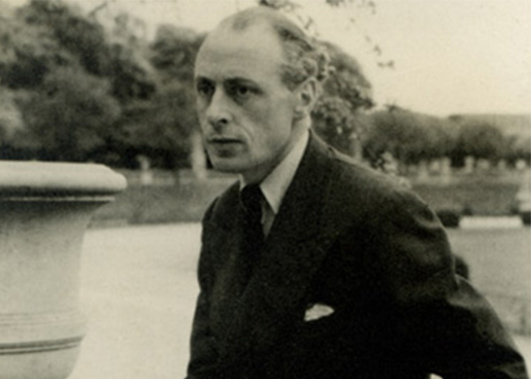Her childhood memories of the garden in Bellaggio on Lake Como, paired with an irrepressible love for all things botanical and her friendship with the great “gardener” Russel Page, allowed Lavinia Taverna to transform a plain piece of land into a magical garden blending Mediterranean tradition and a taste for English landscape gardening.
In 1967 Lavinia Taverna engaged Russell Page to redefine and polish the layout of the garden she had created a few years before. The space was thus structured in geometrical “theme rooms” and integrated with an area with a more naturalistic setting. Among its over thirty “areas” named “gardens” home to important plant species, specimen and particular scenic effects, there are the “Cortile del Carrubo” (carob tree courtyard), the “Giardino rosso” (red garden), “Giardino grigio” (grey garden), “Viale degli Ellebori” (hellebore pathway) , “angolo delle Magnolie” (the magnolia corner), “Giardino degli ulivi” (olive tree garden), the “Prato blu” (blue lawn), the “Vasca spagnola” (Spanish basin), the “Viale bianco” (white pathway). Giardini della Landriana is also home to a wide variety of roses, from the Tea to the Chinensis, as well as antique roses and the pure white Iceberg roses Page was so fond of. Also on the premises is a fabulous citrus garden with a regular layout of trees and boxwood hedges. Page’s highly structured design over the years saw the introduction of alterations according to the owner’s tastes: new areas were created, enriching the harmony and the charm of this endlessly flowering garden. Lavinia Taverna not only has left us her garden, but also the history of its making in a captivating book where we can immerse ourselves in this adventure, with its highs and lows, always faced with indomitable passion. For many years, in spring and autumn, Giardini della Landriana have hosted an important floricultural exhibition.


